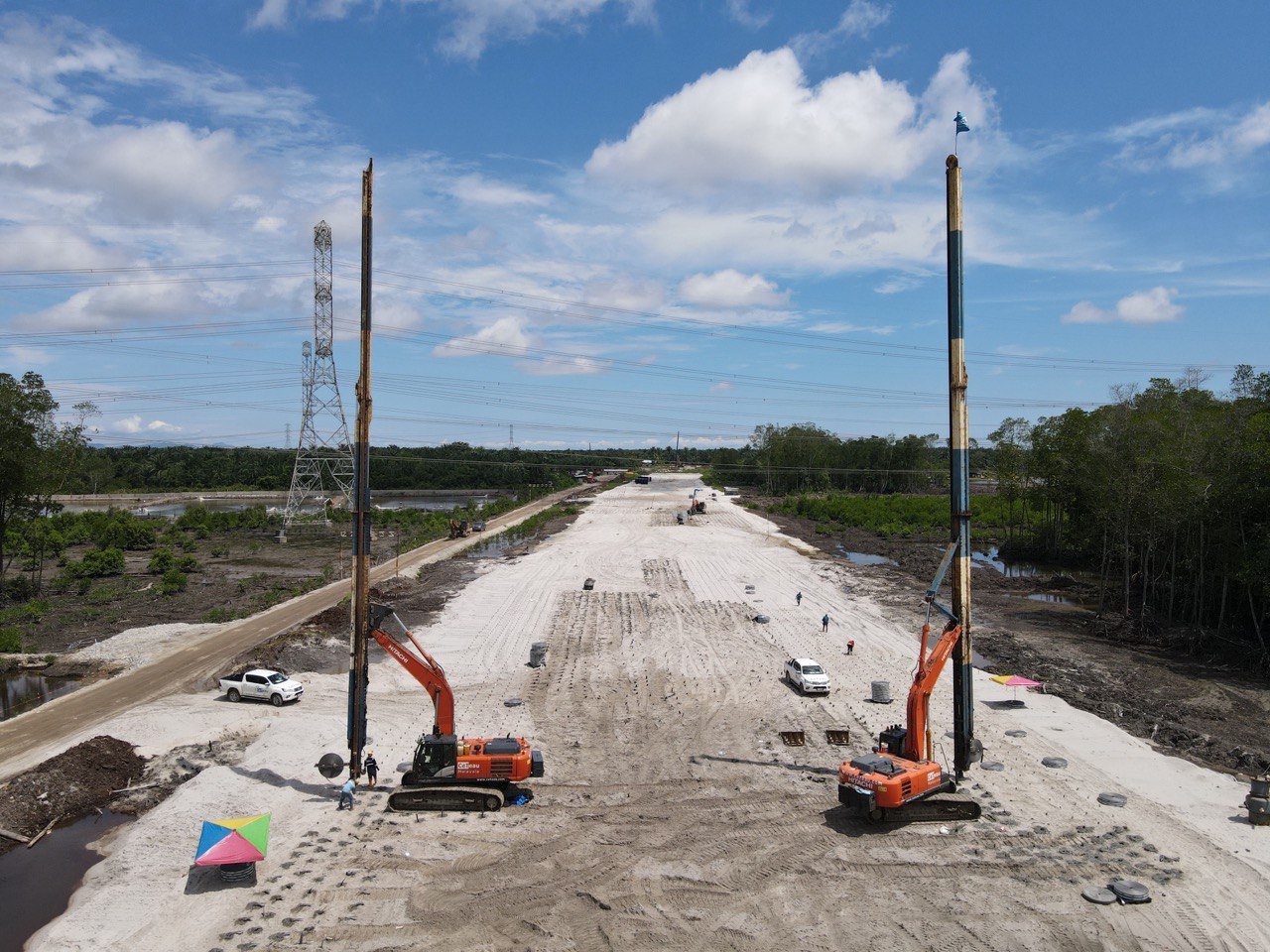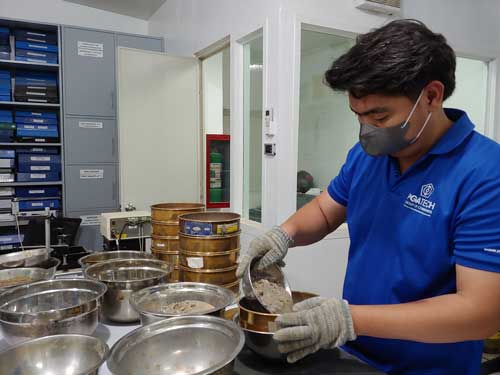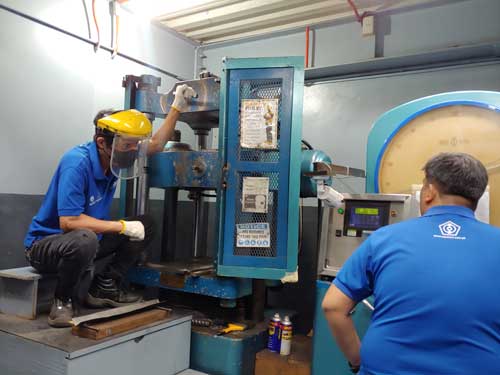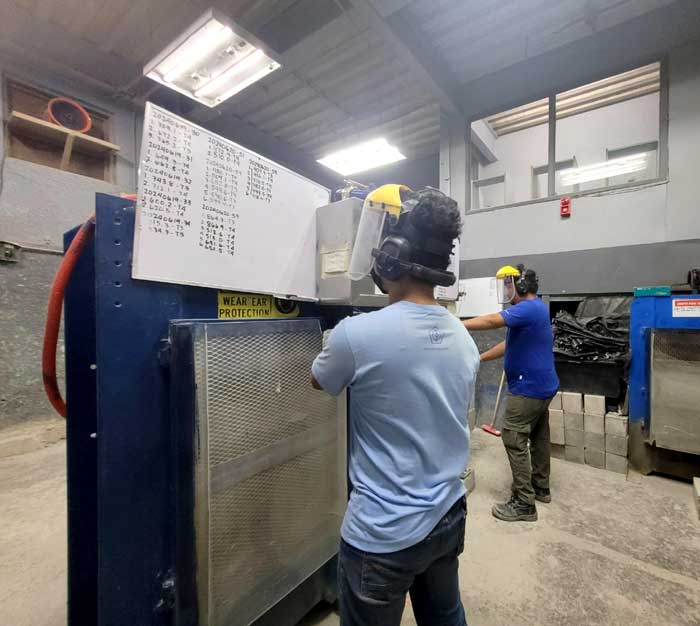Prefabricated Vertical Drains: Optimizing Soil Stabilization with PGATECH Group
Prefabricated Vertical Drains (PVDs) are a cornerstone of modern soil stabilization techniques. At the PGATECH Group, we offer advanced PVD solutions designed to accelerate soil consolidation, improve ground stability, and enhance the performance of your construction projects. In this detailed article, we will cover what PVDs are, their history, function, advantages, applications, desirability, and the problems they address.

What are Prefabricated Vertical Drains?
Prefabricated Vertical Drains, commonly known as PVDs, are synthetic drainage paths installed vertically into soft, compressible soil to facilitate the expulsion of excess pore water. PVDs consist of a plastic core wrapped in a geotextile filter, which allows water to flow through while preventing soil particles from clogging the drain. This technology is used to accelerate the consolidation process of soft soils, making them more stable for construction.
History of Prefabricated Vertical Drains
The concept of vertical drainage dates back to the early 20th century, but the use of prefabricated synthetic drains began in the 1970s. Initially developed in Europe, PVDs quickly gained popularity due to their effectiveness and ease of installation compared to traditional sand drains. Over the decades, advancements in materials and installation techniques have further improved the efficiency and reliability of PVDs.
What is the Function/Purpose of Prefabricated Vertical Drains?
The primary function of PVDs is to expedite the consolidation of soft, water-saturated soils. Key purposes include:
- Accelerating Soil Consolidation: By providing a pathway for excess pore water to escape, PVDs speed up the consolidation process, reducing the time required for soil to achieve desired strength and stability.
- Reducing Settlement Time: PVDs significantly shorten the settlement period of soft soils, enabling faster construction progress.
- Enhancing Soil Stability: Improved drainage and consolidation result in stronger and more stable ground, capable of supporting structures.
What Do Prefabricated Vertical Drains Replace?
PVDs serve as an effective alternative to traditional soil improvement methods, such as:
- Sand Drains: While effective, sand drains are labor-intensive and require extensive material handling.
- Preloading Alone: Preloading without PVDs can be slow, as the natural consolidation process is lengthy.
- Deep Foundations: In some cases, PVDs can reduce the need for deep foundations by improving the ground’s load-bearing capacity.
These traditional methods can be costly, time-consuming, and less efficient compared to using PVDs.
Advantages of Prefabricated Vertical Drains
PVDs offer numerous advantages, including:
- Cost-Effectiveness: Lower installation costs compared to other soil improvement techniques.
- Time Efficiency: Accelerates the consolidation process, reducing project timelines.
- Ease of Installation: Quick and straightforward installation using specialized equipment.
- Flexibility: Suitable for a variety of soil types and project conditions.
- Environmental Benefits: Minimizes the need for extensive excavation and material transport.
Where are Prefabricated Vertical Drains Applicable?
PVDs are applicable in a wide range of scenarios, such as:
- Infrastructure Projects: Roads, highways, railways, and airports where soft soils are prevalent.
- Land Reclamation: Coastal areas and reclaimed land requiring rapid stabilization.
- Construction Sites: Building foundations on soft or waterlogged soils.
- Embankments: Stabilizing embankments for transportation and flood control structures.
- Industrial Sites: Preparing sites for heavy industrial structures.
What Makes Prefabricated Vertical Drains Desirable?
The desirability of PVDs stems from their efficiency, effectiveness, and versatility. Key factors include:
- Speed: Rapid consolidation allows for quicker project completion.
- Economic Savings: Reduces the overall cost of soil improvement and construction.
- Minimal Disruption: Installation is less intrusive compared to traditional methods.
- Reliability: Proven performance in a variety of soil conditions and project types.
- Sustainability: Environmentally friendly solution that reduces waste and resource consumption.
Problems Addressed by Prefabricated Vertical Drains
PVDs effectively address several soil-related challenges, including:
- Excessive Settlement: Accelerates soil consolidation, reducing the risk of uneven settlement.
- Poor Drainage: Improves water drainage in waterlogged soils, enhancing stability.
- Long Construction Delays: Speeds up the consolidation process, allowing for faster construction.
- Soil Instability: Increases soil strength and stability, preventing potential ground failure.
- High Construction Costs: Offers a cost-effective alternative to traditional soil stabilization methods.
Conclusion
At PGATECH Group, we are dedicated to providing innovative Prefabricated Vertical Drain solutions that enhance the stability and safety of your construction projects. Our expertise and advanced techniques ensure that even the most challenging soil conditions are effectively managed. For more information about our PVD services, please contact us today.




